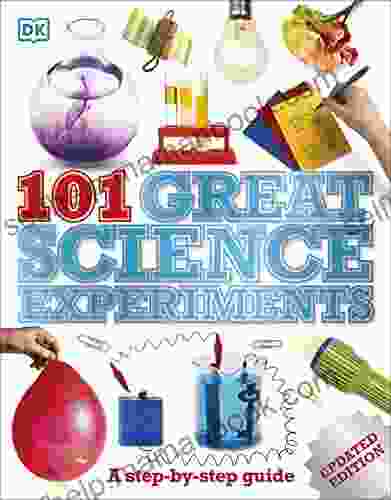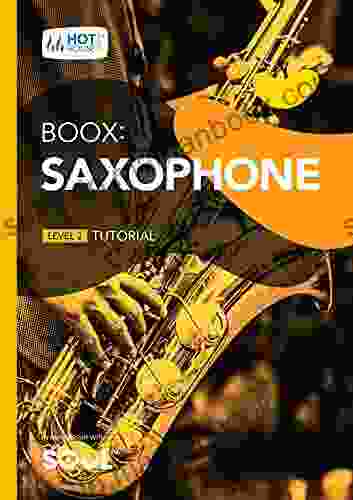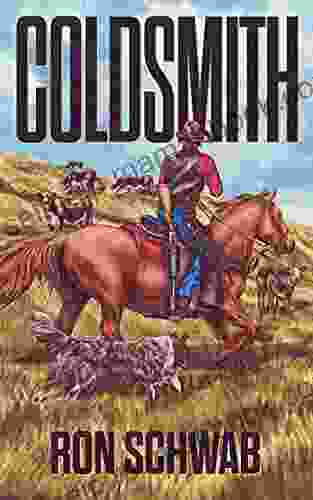101 Great Science Experiments: A Step-by-Step Guide to Exciting and Educational Activities

Science is an exciting and ever-evolving field that offers countless opportunities for exploration and discovery. Whether you're a budding scientist or a curious learner, conducting science experiments is a fantastic way to gain hands-on experience, develop problem-solving skills, and foster a love for the natural world.
To assist you in your scientific endeavors, we present a comprehensive guide to 101 great science experiments, ranging from beginner-friendly activities to more advanced projects. Each experiment is meticulously described, providing step-by-step instructions, a list of required materials, and a clear explanation of the scientific principles involved.
4.6 out of 5
| Language | : | English |
| File size | : | 38987 KB |
| Print length | : | 120 pages |
Beginner-Friendly Science Experiments
1. Dancing Raisins
Materials:- Clear glass - Water - Raisins - Baking soda - Vinegar
Instructions:- Fill the glass with water and add a handful of raisins. - Add a teaspoon of baking soda to the water and stir. - Slowly pour vinegar into the water until bubbles form. - Observe how the raisins start to "dance" and rise to the surface.
Scientific Principle: This experiment demonstrates the concept of buoyancy. The baking soda and vinegar react to produce carbon dioxide bubbles, which attach to the raisins. As the bubbles rise, they carry the raisins with them, making them appear to dance.
2. Sink or Float
Materials:- Container of water - Various objects (e.g., rock, toy boat, ball)
Instructions:- Place the objects in the container of water. - Observe which objects sink and which float. - Identify the properties of the objects that determine whether they sink or float.
Scientific Principle: This experiment explores the concept of density. Objects that are denser than water will sink, while objects that are less dense will float.
3. Rainbow in a Jar
Materials:- Clear glass jar - Sugar - Water - Food coloring (various colors)
Instructions:- Dissolve different amounts of sugar in separate containers of water, creating solutions of varying densities. - Color each solution with a different food coloring. - Carefully layer the solutions in the glass jar, starting with the densest solution at the bottom. - Observe how the different colors form a rainbow effect.
Scientific Principle: This experiment demonstrates the concept of density layering. Liquids with different densities will naturally separate into layers, with the densest liquid at the bottom and the least dense liquid at the top.
Intermediate Science Experiments
4. Make Your Own Slime
Materials:- Clear glue - Borax powder - Water - Food coloring (optional)
Instructions:- Combine glue and water in a bowl. - Slowly add borax powder while stirring until the mixture thickens. - Add food coloring to create a custom slime color. - Knead and play with the slime until it reaches the desired consistency.
Scientific Principle: This experiment introduces the concept of polymer formation. When borax is added to glue, it forms cross-links between the polymer chains, creating a stretchy and viscous slime.
5. Build a Homemade Electromagnet
Materials:- Insulated wire - Iron nail - Battery - Paper clips
Instructions:- Wrap the insulated wire around the iron nail multiple times. - Connect the ends of the wire to the battery. - Bring paper clips near the nail and observe how they are attracted to it. - Turn off the battery to release the magnetic force.
Scientific Principle: This experiment demonstrates the principles of electromagnetism. When an electric current flows through the wire, it creates a magnetic field around the nail, attracting metallic objects.
6. Explore Solar Energy with a Solar Oven
Materials:- Cardboard box - Aluminum foil - Black construction paper - Clear plastic wrap - Thermometer
Instructions:- Line the inside of the cardboard box with aluminum foil. - Place the black construction paper on the bottom of the box. - Cover the box with clear plastic wrap. - Place a thermometer inside the box and close the lid. - Direct the box towards the sun and observe how the temperature increases over time.
Scientific Principle: This experiment demonstrates the concept of solar energy conversion. The aluminum foil and black paper absorb sunlight and convert it into heat, which is trapped inside the box, raising the temperature.
Advanced Science Experiments
7. Construct a Simple Telescope
Materials:- Cardboard tubes (various sizes) - Lenses (convex and concave) - Duct tape - Paint (optional)
Instructions:- Assemble the cardboard tubes to create a larger tube for the telescope body. - Insert the lenses into the ends of the larger tube and secure them with duct tape. - Paint the telescope to give it a finished look. - Point the telescope towards an object and adjust the lenses to focus and magnify the image.
Scientific Principle: This experiment explores the principles of optics. The convex lens gathers light from the object and focuses it on the concave lens, which magnifies the image, allowing it to be viewed.
8. Investigate Plant Transpiration with a Potometer
Materials:- Graduated cylinder - Small plant shoot - Rubber stopper - Vaseline - Water
Instructions:- Fill the graduated cylinder with water. - Insert the plant shoot into the rubber stopper and coat the edges with Vaseline to seal it. - Invert the graduated cylinder and submerge the plant shoot in the water. - Observe the water level in the graduated cylinder over time and record how much water is transpired by the plant.
Scientific Principle: This experiment demonstrates the process of plant transpiration. Water is absorbed by the plant's roots and transported through the stem to the leaves. Through tiny pores on the leaves, water evaporates into the atmosphere, cooling the plant and transporting nutrients.
9. Extract DNA from a Strawberry
Materials:- Strawberries - Salt - Dish soap - Cheesecloth - Isopropanol (91% or higher)
Instructions:- Mash strawberries and combine with salt and dish soap. - Filter the mixture through cheesecloth into a clean container. - Add cold isopropanol to the filtered liquid and observe the formation of DNA strands.
Scientific Principle: This experiment introduces the basic principles of DNA extraction. Salt and dish soap break down the cell structure, releasing DNA into the solution. Isopropanol precipitates the DNA, causing it to clump together and become visible.
This comprehensive guide provides a wide range of science experiments, from beginner-friendly activities to advanced projects, offering something for every level of interest and curiosity. By conducting these experiments, you will gain valuable hands-on experience, develop problem-solving skills, and deepen your understanding of the natural world.
Remember, science is an ongoing journey of discovery and exploration. Never hesitate to ask questions, investigate new phenomena, and share your findings with others. The world of science is vast and充滿 exciting possibilities, and we encourage you to embrace the thrilling adventure of scientific inquiry.
4.6 out of 5
| Language | : | English |
| File size | : | 38987 KB |
| Print length | : | 120 pages |
Do you want to contribute by writing guest posts on this blog?
Please contact us and send us a resume of previous articles that you have written.
 Top Book
Top Book Novel
Novel Fiction
Fiction Nonfiction
Nonfiction Literature
Literature Paperback
Paperback Hardcover
Hardcover E-book
E-book Audiobook
Audiobook Bestseller
Bestseller Classic
Classic Mystery
Mystery Thriller
Thriller Romance
Romance Fantasy
Fantasy Science Fiction
Science Fiction Biography
Biography Memoir
Memoir Autobiography
Autobiography Poetry
Poetry Drama
Drama Historical Fiction
Historical Fiction Self-help
Self-help Young Adult
Young Adult Childrens Books
Childrens Books Graphic Novel
Graphic Novel Anthology
Anthology Series
Series Encyclopedia
Encyclopedia Reference
Reference Guidebook
Guidebook Textbook
Textbook Workbook
Workbook Journal
Journal Diary
Diary Manuscript
Manuscript Folio
Folio Pulp Fiction
Pulp Fiction Short Stories
Short Stories Fairy Tales
Fairy Tales Fables
Fables Mythology
Mythology Philosophy
Philosophy Religion
Religion Spirituality
Spirituality Essays
Essays Critique
Critique Commentary
Commentary Glossary
Glossary Bibliography
Bibliography Index
Index Table of Contents
Table of Contents Preface
Preface Introduction
Introduction Foreword
Foreword Afterword
Afterword Appendices
Appendices Annotations
Annotations Footnotes
Footnotes Epilogue
Epilogue Prologue
Prologue Bob Knetzger
Bob Knetzger Lewis Carroll
Lewis Carroll Lon Safko
Lon Safko Michael Judd
Michael Judd Reine Andrieu
Reine Andrieu Arthur Schopenhauer
Arthur Schopenhauer S T Cartledge
S T Cartledge Tan Twan Eng
Tan Twan Eng Carol Ann Duffy
Carol Ann Duffy Catherine Jones
Catherine Jones Emma Curtis Hopkins
Emma Curtis Hopkins Uk Jung
Uk Jung Isabel Thomas
Isabel Thomas Andy Dunn
Andy Dunn Neil Ardley
Neil Ardley Emmaleigh Loader
Emmaleigh Loader Paulina Bren
Paulina Bren Jonathan S Burgess
Jonathan S Burgess Zachary Mahnke
Zachary Mahnke Huan Liu
Huan Liu
Light bulbAdvertise smarter! Our strategic ad space ensures maximum exposure. Reserve your spot today!
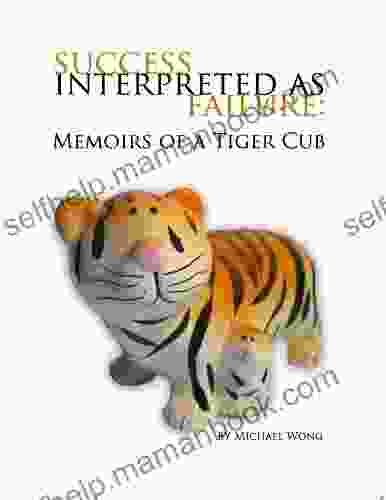
 Eugene PowellMemoirs of Tiger Cub: A Captivating Journey into the Life of a Wild Predator
Eugene PowellMemoirs of Tiger Cub: A Captivating Journey into the Life of a Wild Predator Jerome PowellFollow ·6.3k
Jerome PowellFollow ·6.3k Vic ParkerFollow ·17.4k
Vic ParkerFollow ·17.4k Shannon SimmonsFollow ·13.9k
Shannon SimmonsFollow ·13.9k Jackson HayesFollow ·17.7k
Jackson HayesFollow ·17.7k Cody RussellFollow ·17.4k
Cody RussellFollow ·17.4k Ethan GrayFollow ·12.9k
Ethan GrayFollow ·12.9k Bruce SnyderFollow ·3.5k
Bruce SnyderFollow ·3.5k Davion PowellFollow ·17.9k
Davion PowellFollow ·17.9k
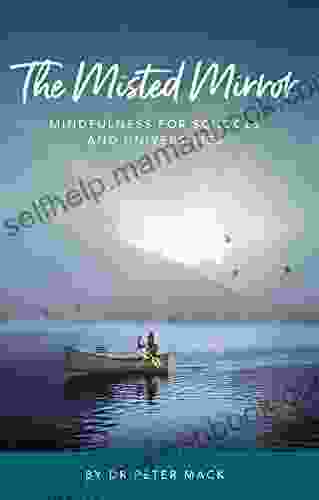
 Boris Pasternak
Boris PasternakThe Misted Mirror: Mindfulness for Schools and...
What is The Misted...
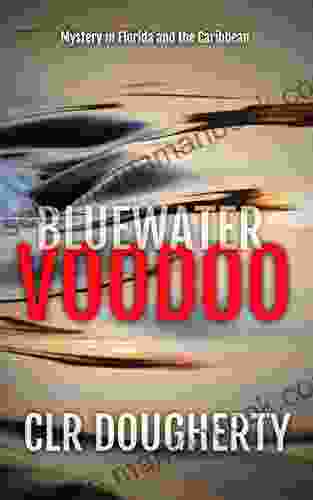
 Holden Bell
Holden BellEmbark on Thrilling Adventures in the Uncharted Depths of...
Unveiling the Enchanting...
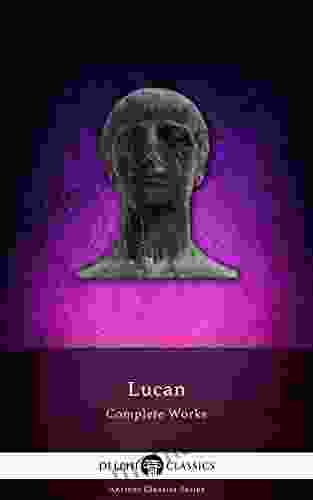
 Seth Hayes
Seth HayesDelphi Complete Works of Lucan: Illustrated Delphi...
This meticulously edited...
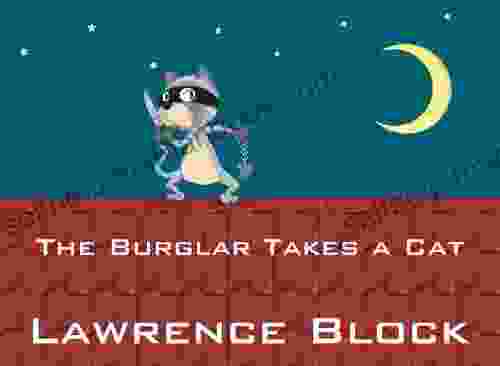
 Jackson Hayes
Jackson HayesThe Enigmatic Cat Burglar: Unraveling the Intriguing...
In the annals of crime, the name Bernie...

 Quentin Powell
Quentin PowellAligned With The Cisa Review Manual 2024 To Help You...
The CISA Review Manual 2024 is the most...

 Austin Ford
Austin FordUnlocking Revenue Potential: A Comprehensive Business...
In today's digital...
4.6 out of 5
| Language | : | English |
| File size | : | 38987 KB |
| Print length | : | 120 pages |


